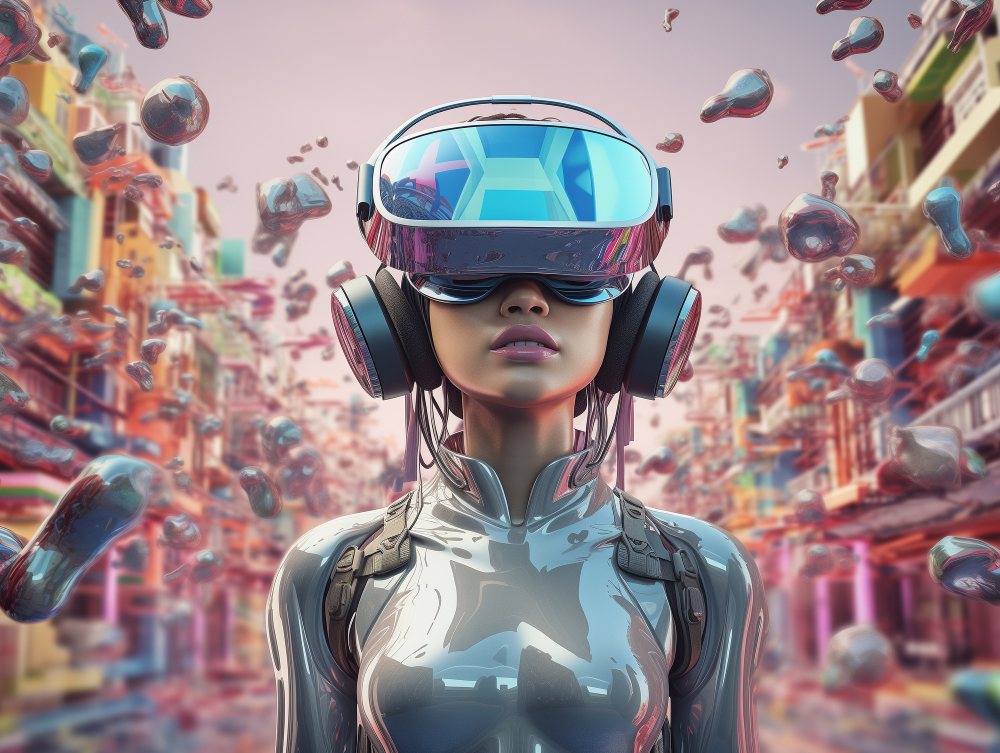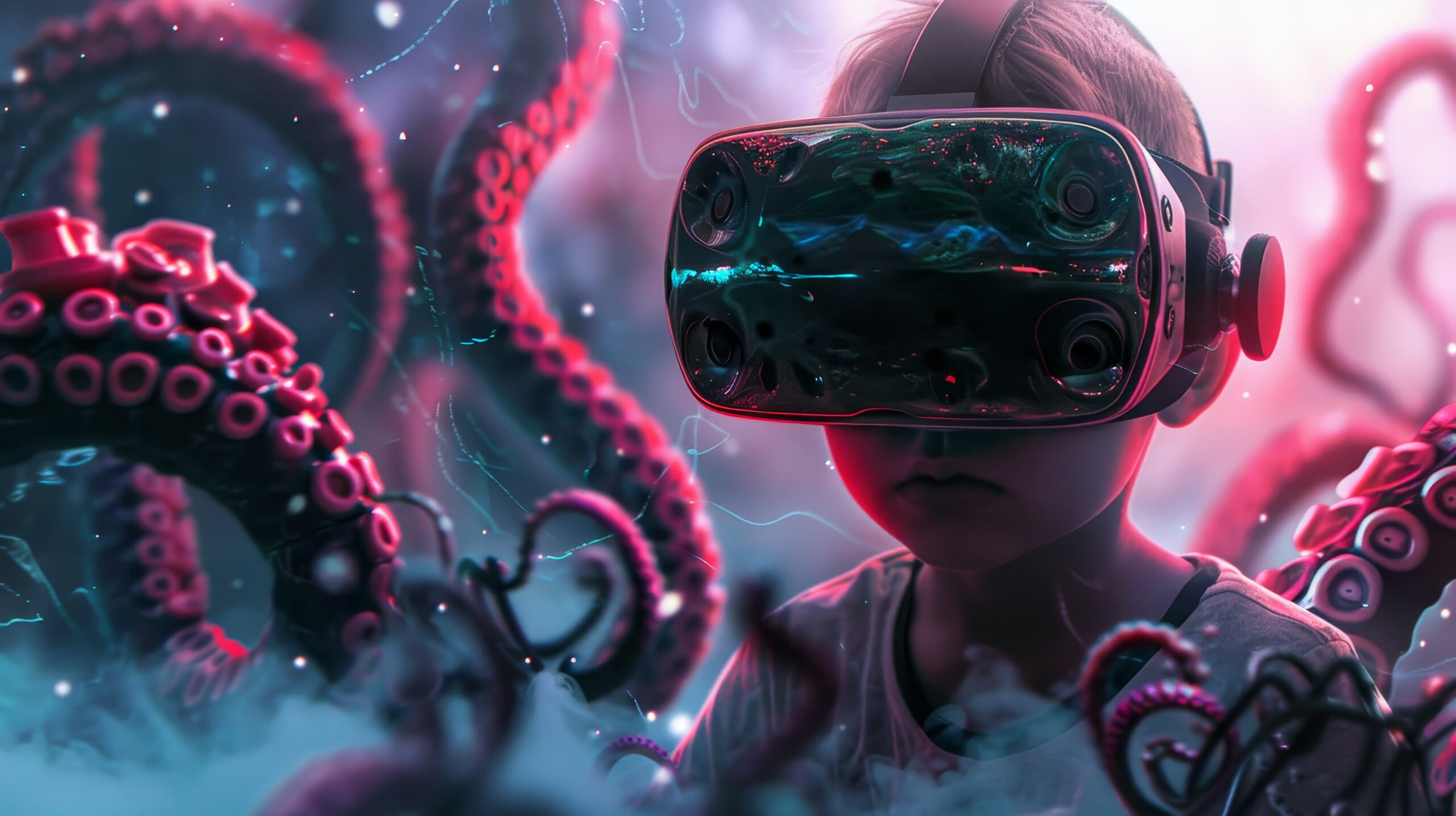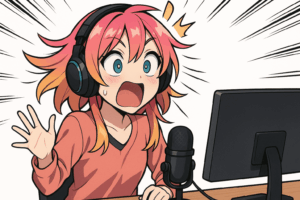In the dynamic world of game development, one concept stands out as both an art and a science: low poly characters. These digital entities, crafted with precision and creativity, play a crucial role in shaping the immersive experiences of gamers worldwide. This blog delves into the delicate balance between detail and performance in low poly character design, exploring techniques, tools, and strategies to create captivating characters without compromising game performance.
Additionally, we will discuss the use of blend files for compatibility with Blender software in low poly character creation.
Understanding Low Poly Characters
Low poly characters are digital models characterized by their simplified geometry, featuring a reduced number of polygons compared to high poly counterparts. These models prioritize efficiency and performance, making them ideal for real-time rendering in video games. Low poly characters typically exhibit stylized or minimalist designs, leveraging clever use of geometry and textures to convey personality and emotion.
Importance of Optimizing Models for Game Performance:
In the fast-paced world of game development, performance optimization is paramount. Low poly characters offer a solution to this challenge by reducing the computational overhead required for rendering. By streamlining geometry and texture complexity, developers can ensure smooth gameplay experiences across a wide range of devices, from high-end gaming rigs to mobile phones. This optimization allows games to run more efficiently, enhancing player immersion and enjoyment.
Comparison with High Poly Character:
While high poly characters boast intricate detail and realism, they come with a significant performance cost. These models require more processing power and memory, limiting their suitability for real-time applications like gaming. In contrast, low poly characters sacrifice some detail in favor of optimized performance, striking a balance between visual fidelity and computational efficiency. This trade-off makes low poly characters a popular choice for game developers seeking to deliver immersive experiences without sacrificing performance.
Creating Rigged Low Poly Character
Creating low poly characters involves leveraging tools and techniques to achieve optimal results. Blender stands out as a versatile software choice, enabling developers to sculpt, texture, and rig low poly models with precision. Formats like OBJ, FBX, and .blend streamline integration into game engines, simplifying the development pipeline. Techniques for reducing polygon count while preserving visual appeal entail meticulous geometry and texture mapping optimization, ensuring efficient resource utilization. Efficient UV mapping and texturing are paramount for enhancing visual fidelity, minimizing distortion, and maximizing texture resolution. Developers also utilize log files to track changes and progress throughout the character creation. By mastering these tools and techniques, developers can craft captivating low poly characters that offer immersive gaming experiences while maintaining optimal performance across various platforms.
Low Poly Character: Balancing the Detail and Performance
The Delicate Balance Between Adding Detail and Maintaining Performance:
Achieving the perfect balance between detail and performance is a central challenge in low poly character design. Developers must carefully evaluate each design decision, prioritizing essential details while minimizing unnecessary complexity. By striking this delicate balance, developers can create visually compelling characters that perform optimally across various gaming platforms.
Another key consideration in low poly character design is the use of textures and shading. Effective texturing can add significant depth and realism to a character without increasing the polygon count. Similarly, advanced shading techniques can enhance visual appeal while maintaining performance. By leveraging these methods, developers can further ensure that their characters are both visually engaging and efficiently rendered, contributing to an overall better gaming experience.

Strategies for Prioritizing Essential Details in Character Design:
To prioritize essential details, developers should focus on elements that contribute to the character’s identity and narrative relevance. This may include facial features, clothing design, and unique accessories that distinguish the character from others. By emphasizing these key attributes, developers can maintain visual appeal while minimizing the overall polygon count, ensuring optimal performance in-game.
Additionally, it is crucial to balance the level of detail with the intended visual style and gameplay requirements. Developers should consider the character’s role in the story and gameplay mechanics. Additionally, ensuring that essential details enhance the player’s connection to the character and the overall immersive experience is crucial.
Tips for Creating Visually Appealing Low Poly Characters Without Sacrificing Performance:
- Efficient Modeling: Use simple geometric shapes to convey complex forms, ensuring low poly counts.
- Clever Texture Mapping: Enhance surface detail with smart texture mapping techniques.
- LOD Models: Implement Level of Detail (LOD) models to maintain visual fidelity at varying distances.
- Art Direction: Prioritize a strong art direction that embraces the minimalist aesthetic of low poly design.
- Stylization: Embrace the inherent limitations of low poly design to create unique and memorable characters.
- Optimization Techniques: Continuously optimize character models and textures to ensure performance is not compromised.
By following these tips, developers can create visually appealing low poly characters that are both efficient and engaging.
Rigging and Animation for Low Poly Character
Rigging and animating low poly characters present unique challenges and opportunities. With meticulous attention to rigging techniques and animation optimization using tools like Blender, developers can bring their characters to life with fluid movements and expressions. Rigged low poly characters can seamlessly transition between different poses and animations, enhancing player immersion and gameplay experience.
Additionally, implementing LOD (Level of Detail) models, compatible with formats like OBJ and FBX, enables seamless transitions between different levels of detail, further enhancing performance across various gaming environments. By embracing these techniques in character development, developers can ensure that their low poly characters are not only visually appealing but also optimized for performance, offering immersive experiences to players in diverse gaming scenarios.
Showcasing Low Poly Character
Low poly character designs have left a lasting impression on the gaming landscape, with numerous successful examples found in popular games. From the iconic blocky figures of “Minecraft” to the charming simplicity of characters in “Undertale,” these designs demonstrate the enduring appeal of low poly aesthetics. Analyzing these characters reveals how they effectively balance detail and performance. Moreover, they utilize minimalist designs and stylized features to convey personality and emotion while ensuring optimal gameplay performance.
Moreover, showcasing different items and accessories that can be incorporated into low poly characters highlights the versatility of this art style. Weapons, armor, clothing, and various props can seamlessly integrate into low poly character designs. Consequently, they add depth and customization to gameplay experiences. By exploring these examples and analyzing their design principles, developers gain valuable insights into the creative possibilities of low poly character design. Consequently, this inspires innovation and pushes the boundaries of game development.

Conclusion
As the gaming industry continues to evolve, the art of low poly character design remains as relevant as ever. By embracing the principles of detail and performance optimization, developers can unlock new realms of creativity. Moreover, they can deliver seamless gaming experiences to players around the globe. With tools, techniques, and a dash of creativity, the possibilities of low poly characters are limitless. Consequently, they promise a bright future for game development. Explore 3DAiLY for a seamless and efficient approach to creating low poly characters, empowering developers to unleash their creativity and shape the future of game development.



